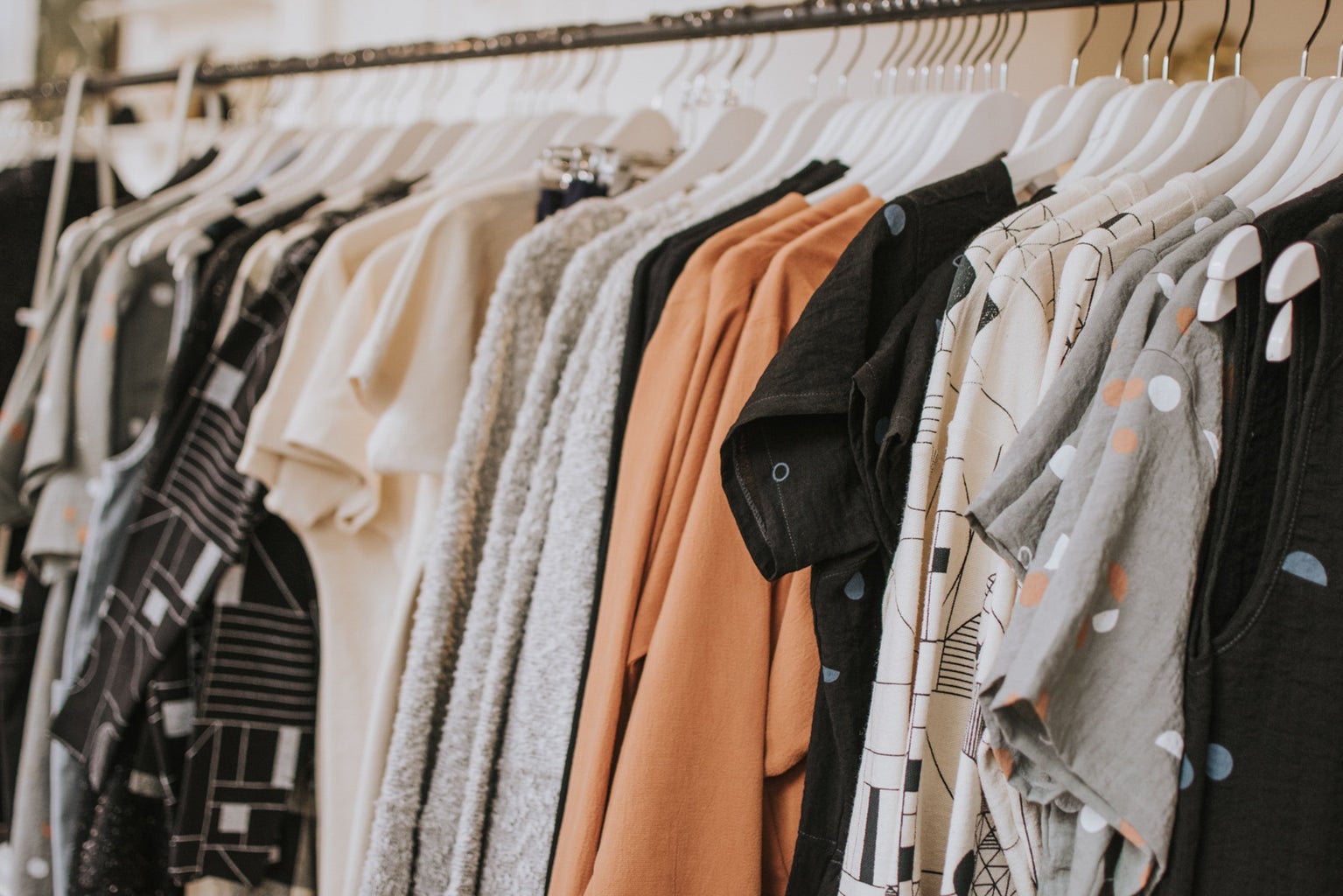Whether or not you would consider yourself a particularly fashionable person, there’s no avoiding that fashion leads society’s most popular trends. It helps shape culture. Odds are, some of your favourite looks were started by celebrities flaunting their threads in front of adoring paparazzis. Our obsession with looking just like our favourite stars reached an all-new level of realism with the boom of fast-fashion in the ‘90s. The ethics of profiting from celebrity knock-offs aside, the fast-fashion industry is interwoven to abuse and exploit women, primarily women of colour.
So what is fast-fashion and why should we care?
Fast-fashion is a booming industry that helped the clothing industry bring in around $36 billion last year. It comes in many forms. Generally, fast-fashion is the cute and inexpensive clothes you see at H&M, Zara, or other shopping mall staples. For a garment to be made using fast-fashion, it is usually first created somewhere else. Those $800 Balenciaga sneakers? Now an instant $40 replica appears in Zara’s internationally. This is what makes fast-fashion so addicting: it gives us the rush of buying luxury items once only worn by celebrities, without the huge financial markup. Fast-fashion takes us to the international runways of Paris or Milan while giving us a near-perfect replica in the blink of an eye. As with many things in this world, if fast-fashion sounds too good to be true, then it is. The cheap cost of these garments come from exploited labourers, toxic materials, sweatshops, huge amounts of fossil fuel emissions, and threads not meant to last.

Fast-fashion and the women it exploits
In 2019, the New York Times broke a huge story. Fashion giant Fashion Nova was running illegal sweatshops in Los Angeles to manufacture their famous clothes. While the article included investigations dating back years proving employee exploitation, the story was largely ignored. Popular Instagram influencers were paid large sums to continue wearing the brand and any more news of exploitation was ignored. One report from Instascreener shows that in the same year the New York Times was breaking this story of sweatshop labour from Fashion Nova, the brand allegedly spent $40 million on marketing to keep the stylish looks on everyone’s minds. The New York Times article also showed that one woman in her 50s earned 4 cents per sleeve sewn. If she worked fast enough, she could earn around $4.66 an hour. Another middle-aged woman reported making $225 during a 65-hour work-week, or $3.46 per hour. But Fashion Nova is only one of many brands using underpaid women to work the factories. Approximately 90 percent of sweatshop workers are women.
Gender-based violence in fast-fashion
Despite the popularity of events like International Women’s Day and the #MeToo movement, the right of women textile workers internationally are vastly ignored. According to The Centre for Research on Multinational Corporations (SOMO), the exploitation of garment workers in sweatshops has increased with the COVID-19 pandemic. SOMO reported that since the pandemic began, workers at the bottom of the supply chain continue to be subject to poverty wages, poor healthcare and abuse. According to Human Rights Watch, sweatshop workers (nearly all of whom are women) are subjected to abuse regularly. As the demand for fast-fashion increases, so do sweatshops. The target demographic for fast-fashion is nearly always consumers in Canada, the United States and parts of Europe. These problems are incredibly deep-rooted. Oftentimes, working in sweatshops is the only way women can find employment. These problems can also be rooted in gender-based stereotypes—with manufacturers seeing sewing as women’s work, less worthy of payment or respect.
It’s also important to consider that for some women, sweatshop labour can be their only escape. One study shows that while women in sweatshops were unable to get a formal education, they were also seen as undesirable for child marriage. But of course, this isn’t an easy choice. As a young woman, do you risk an early death from being a young bride or the horrific abuse and conditions from working in a sweatshop?

Keeping the international mindset
The problems of women in sweatshops intersect racially as well. For Western countries, it has become all too easy to take advantage of lax labour laws overseas. This means countries like Cambodia, China, Indonesia and Bangladesh, can get away with paying their garment workers for a few cents every hour. The women working in these conditions, often forced to be without proper sanitization equipment or bathroom breaks, are overwhelmingly women of colour. As it’s been revealed by Fashion Nova, sweatshop labour is a problem in North America, too. In the United States, textile workers are also overwhelmingly immigrant women working 60 to 80 hour weeks.
If you’ve ever heard of intersectional feminism, this is where it comes into play. In 1989, American law professor Kimberlé Crenshaw coined the phrase intersectional feminism. The term means that the inequality of one person is not equal to the discrimination of another. Race, class, gender, career, illness, and many more all reflect on how we exist in society—whether it’s intentional or not. While the fight for women’s rights is a global cause, it is experienced differently by women depending on a variety of factors.
As feminists, especially feminists in the Western hemisphere, it is crucial to consider the livelihood of women internationally. It has become all too easy to pop into your local Old Navy around International Women’s Day and buy a cute #TheFutureIsFemale tee. But is it honestly girl power to buy a shirt made from an exploited woman in a Bangladeshi sweatshop? Fast-fashion gives us immediate satisfaction. It allows us to get something new and trendy without breaking the bank. But feminism without a global mindset can easily become warped, biased, and bland of true women empowerment.




